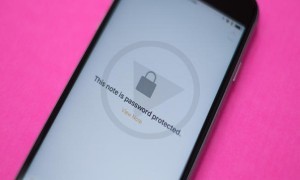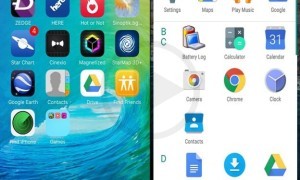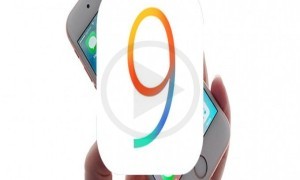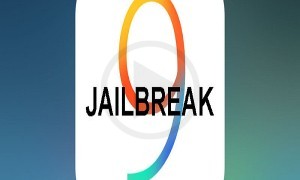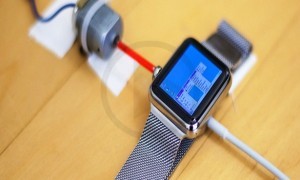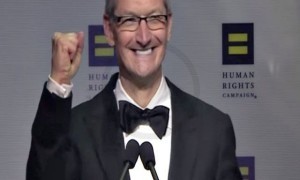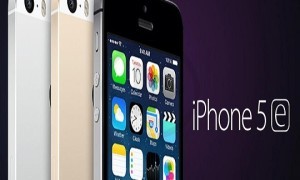Your friend has just sent you an instant message with a connection to a Yelp audit of another pizza place in your neighbourhood. Since the Yelp application is there on your iPhone, the connection opens specifically in the application rather than your program. Be that as it may, when your companion sends another Yelp connection to an alternate eatery by means of Facebook Messenger, you get the portable web adaptation of Yelp rather than the Yelp application.
That is the thing that a considerable measure of application designers have been asking themselves since iOS 9 presented another standard for connecting to applications it calls “widespread connections.” The issue is that in spite of the fact that Apple permits application engineers to make joins between their applications, not all applications really backing this component. Also, that has some application designers reviewing the awful past times of the program wars, when an absence of gauges implied a great deal of additional work.
Connecting to content put away inside of an application rather than on the open web is called profound connecting, and it’s just the same old wine in a new bottle. Yet cell phone creators are just barely beginning to search out and uphold uniform measures for how those connections work. Apple’s favoured method for taking care of profound connections is through an organization called “all inclusive connections,” which it presented with its most recent versatile working framework, iOS 9. The inconvenience, according to Austin is that all inclusive connections aren’t too widespread. Apple’s own applications, including iMessage, Mail, and Safari, bolster profound connections by means of its “general connections” convention.
Be that as it may, outbound widespread connections don’t appear to be bolstered by a portion of the greatest non‐Apple applications on iOS, including Google’s Gmail, Twitter and Facebook application. That is the reason the Yelp links that comes on Facebook open in the program rather than the application.


